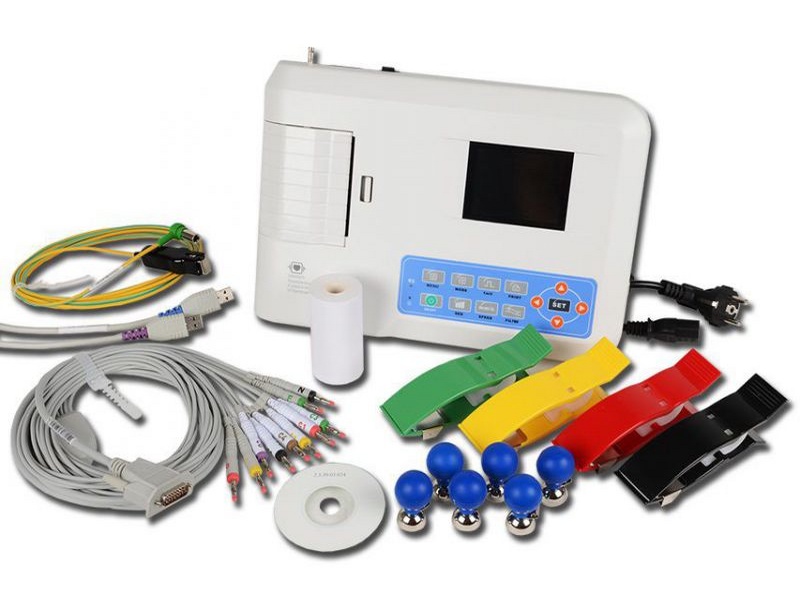Electrocardiogram
ECG Graph Basics
The ECG graph is divided into 5 waves: P, Q, R, S and T waves.
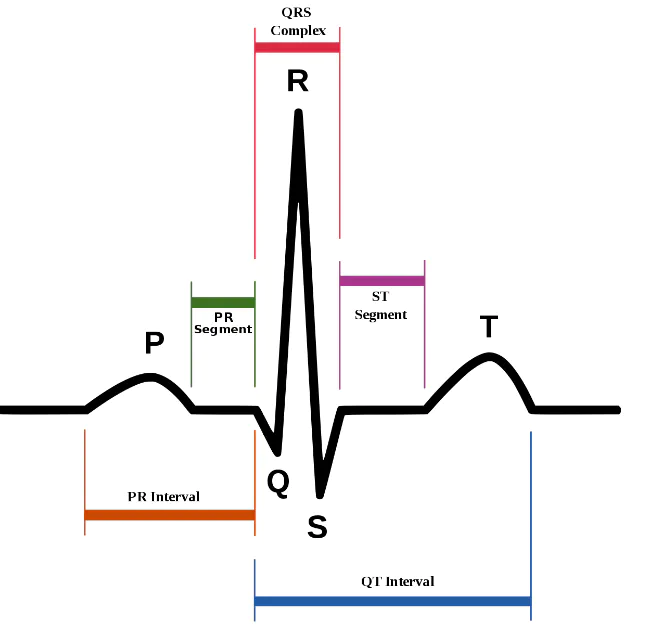
Atrial fibrillation

Irregular heart rate: The difference between the current R-R interval and the previous R-R interval is 200 ms
First degree heart block
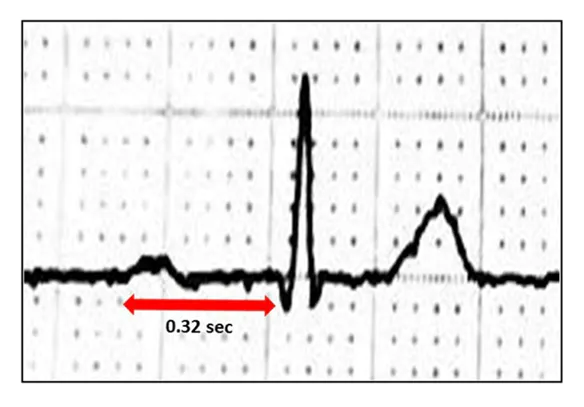
If the P-R interval exceeds 200 ms, it may be indicated as first-degree heart block
ECG electrode placement
ECG electrodes are placed in RA, LA and LL as mentioned in the following diagram and connect to our ECG analyzer.
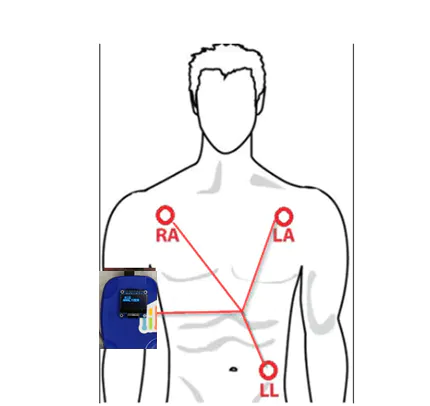
For best results: place the electrodes on the chest wall equidistant from the heart (instead of the specific extremities)
Novel approach to produce quality data sets
In machine learning, the accuracy and performance of a model are determined
by the quality and divergence of a data set.
If you look at the ECG data, it is really difficult to distinguish the different heart conditions with the normal ECG data in a shorter window time (example: 3 seconds)

Normal ECG data
When training a model with filtered ECG data only for atrial fibrillation, normal heart block, and first degree, the accuracy is less than 23%. The reason is that in the shorter window the model cannot differentiate the difference. If a longer window time is sought, the processing time and maximum RAM usage increase quite a bit, but without precision.
Background of the novel approach:
When a doctor or a trained person analyzes the ECG graph, they will be counting the small squares between the R wave to R, the interval P to R and they will write the counts on the graph or save it for calculation.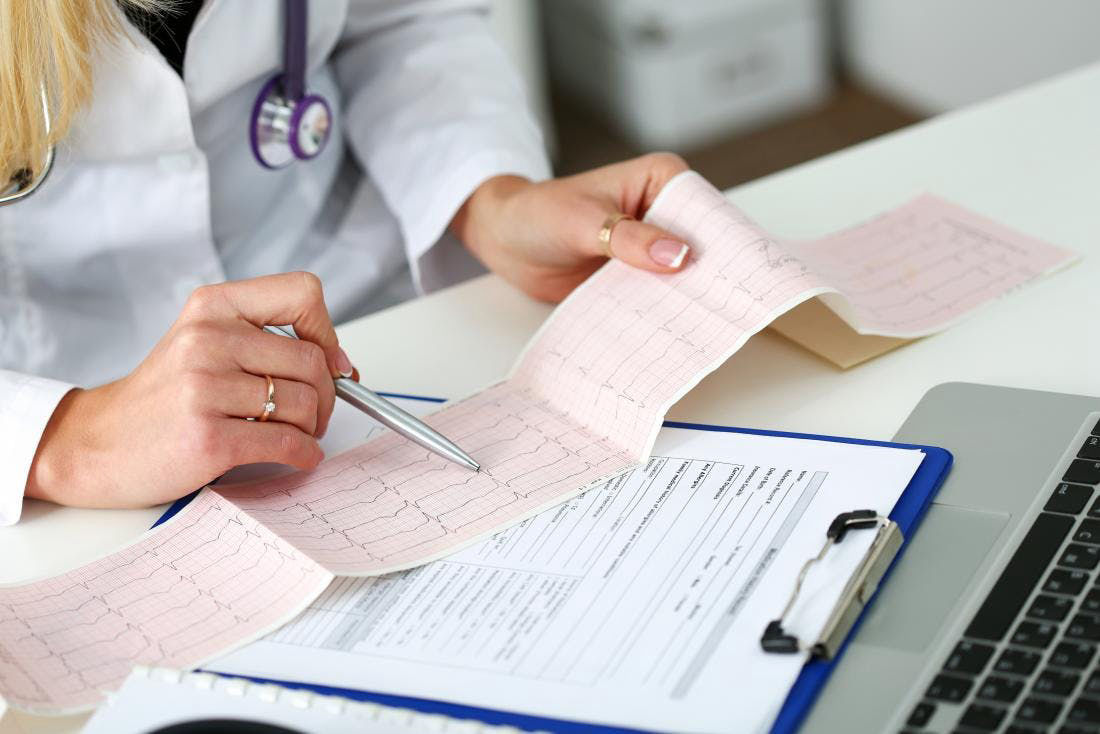
ECG chart reading
The solution is to convert human observations into data sets.
This is how to increase the accuracy of the ECG analyzer model.
As a result we have developed a pocket-sized mini-diagnostic ECG analyzer device that can independently diagnose heart disease without the Internet.


